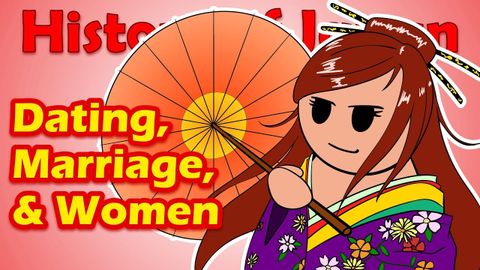出会い・結婚・女性(古代日本における)|日本の歴史13 (Dating, Marriage, and Women (in Ancient Japan) | History of Japan 13)
Mayu Okuuchi が 2021 年 01 月 14 日 に投稿  この条件に一致する単語はありません
この条件に一致する単語はありませんUS /ˈmaɪndset/
・
UK /ˈmaɪndset/
- n. (c./u.)模範 : 見本;模様 : 柄;様式;規則性;型紙
- v.t.模倣する;模様をつける
US /ˈpɪriəd/
・
UK /ˈpɪəriəd/
- n. (c./u.)期間 : 時代;強調;終止符;生理;授業時間 : 時限
US /ˈpræktɪs/
・
UK /'præktɪs/
- n.仕事;練習すること;慣習
- v.t./i.開業;従う;練習する;実践する
エネルギーを使用
すべての単語を解除
発音・解説・フィルター機能を解除

